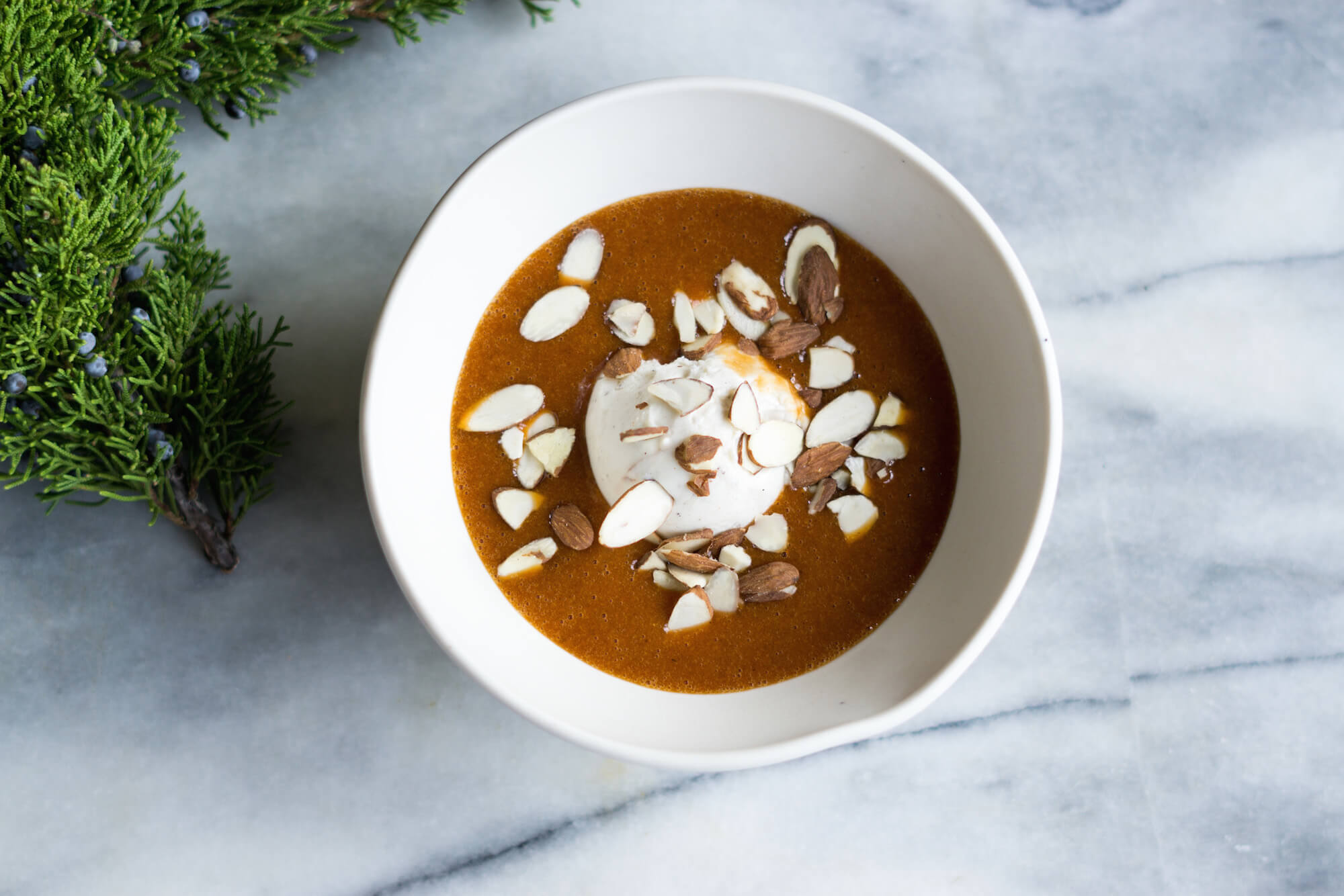When it comes to fruit in the Nordic region, there are two very distinct periods - the bountiful days of summer... and the rest of the year.
The Nordic's long, cold winters and short summers make it very difficult for many fruits to grow and fully ripen before the first frost and most fruits are in season only a few short weeks of the year at most.
When it comes to fruits that do thrive in the Nordic region, berries are king and the short growing season is said to produce less volume but a more intense flavor.
During the late summer months, foraging for berries becomes almost a sport in many Nordic communities.
These berries give a vitamin C boost to the Nordic diet and are an important part of many harvest season recipes and festivals.
Saving fruit for winter, however, is not nearly as easy as preserving other summer foods. Preserving jams and jellies through canning was actually not invented until the early 1800s and while compotes or syrups can help preserve fruits for slightly longer, in this form fruits could not make it through the long Nordic winters.
The only real way to preserve fruit for the winter was by drying it and you will find many dried fruit recipes in the Nordic.
For generations, people have spent the last days of summer foraging for wild cloudberries, lingonberries, raspberries, bilberries, and more.
Many of these berries were traditionally consumed only during the harvest season but rosehips, the berry-like fruit of the rose bush, were a particular favorite to be dried and stored for winter.
The citrusy, sour fruit contains a very high level of vitamin C, which was important to have during the long Nordic winters.
Rosehip soup became a popular wintertime treat, with mother’s often insisting that children drink rosehip soup at least weekly to stay healthy. References to the popularity of rosehip soup date back at least a few hundred years and it probably has an even older history considering its value as a vitamin C winter boost.
While fresh rosehips are great when available, the dried version is perfectly fine for most soups, teas, and jellies.

Nordic Rosehip Soup
Lightly sweet with lots of healthy Vitamin C, rosehip soup is a great traditional Nordic treat
5 cups (400g) dried rosehips (if using fresh rosehips, double the amount)
4 cups (950g) cold water
Sugar or honey to taste
Squeeze of lemon juice (optional)
1 tablespoon potato starch (optional)
Soak the dried rosehips in water overnight. If using fresh rosehips, skip this step.
In the morning, transfer the rosehips and the soaking water to a pot.
Bring to a simmer and cook around 20-30 minutes until the rosehips are soft, tender, and sticky.
Puree the soup with an immersion blender or mixer. Pass the mixture through a fine sieve and discard the seeds and skin.
Add sugar or honey to your desired sweetness and a splash of lemon juice for a bit of extra freshness.
Bring the mixture to a boil again and adjust the consistency of the soup with a mix of potato starch and a few tablespoons of cold water, if needed.
Cool and serve with a dollop of whipped cream, sprinkling of almonds, sweet biscuits, or ice cream.
-
Nordic
|
Vegetarian
|
Vegan
|
Dairy Free
|
Gluten Free



